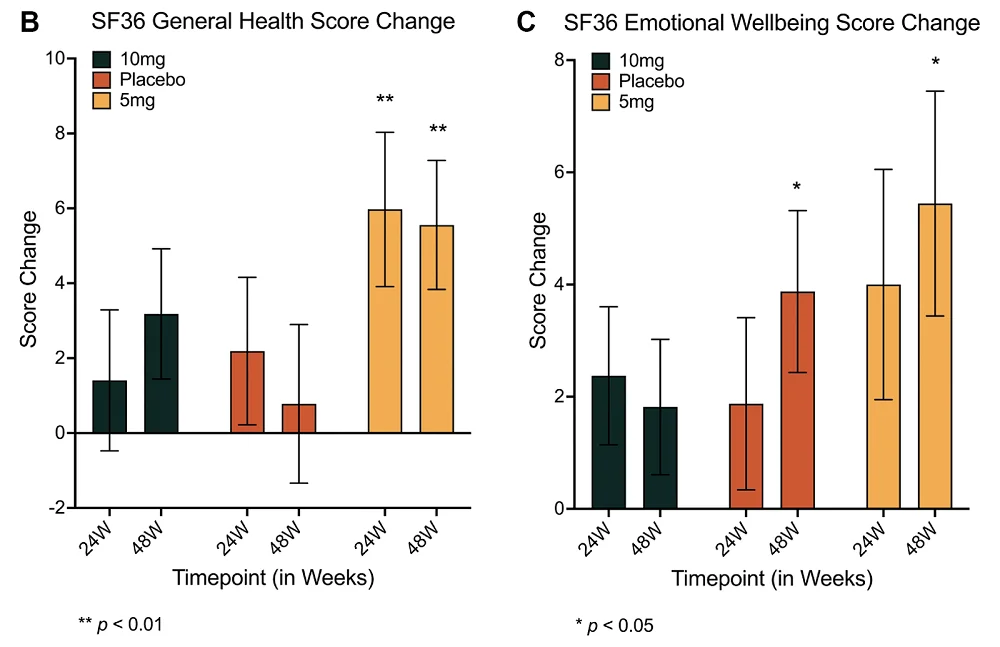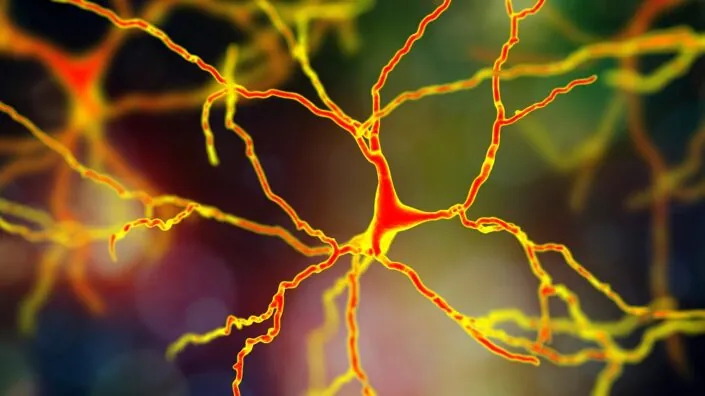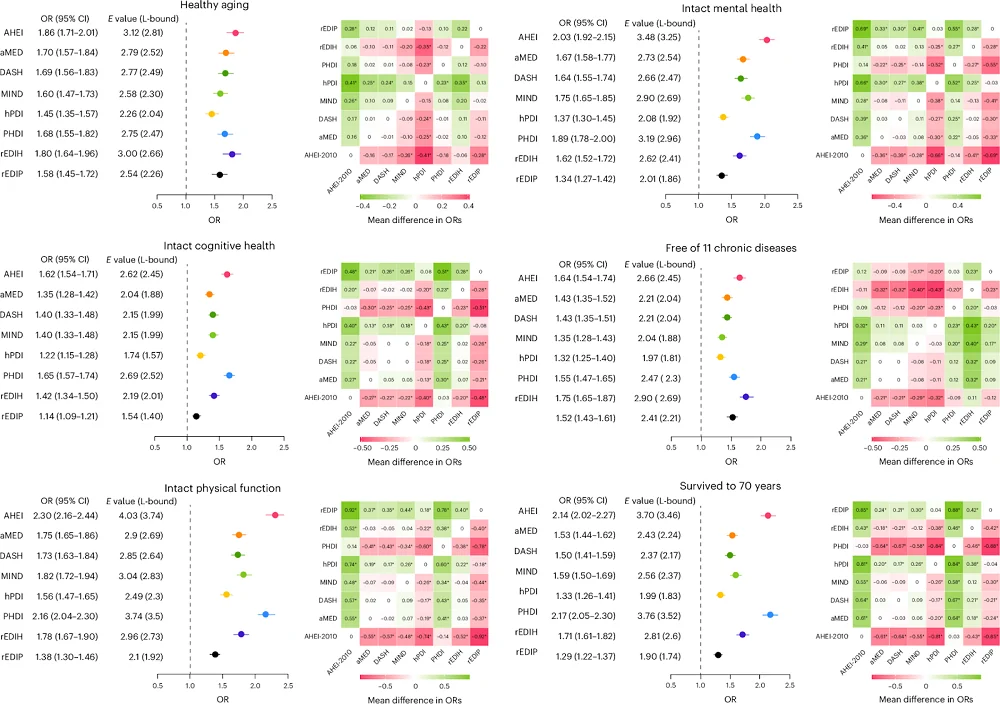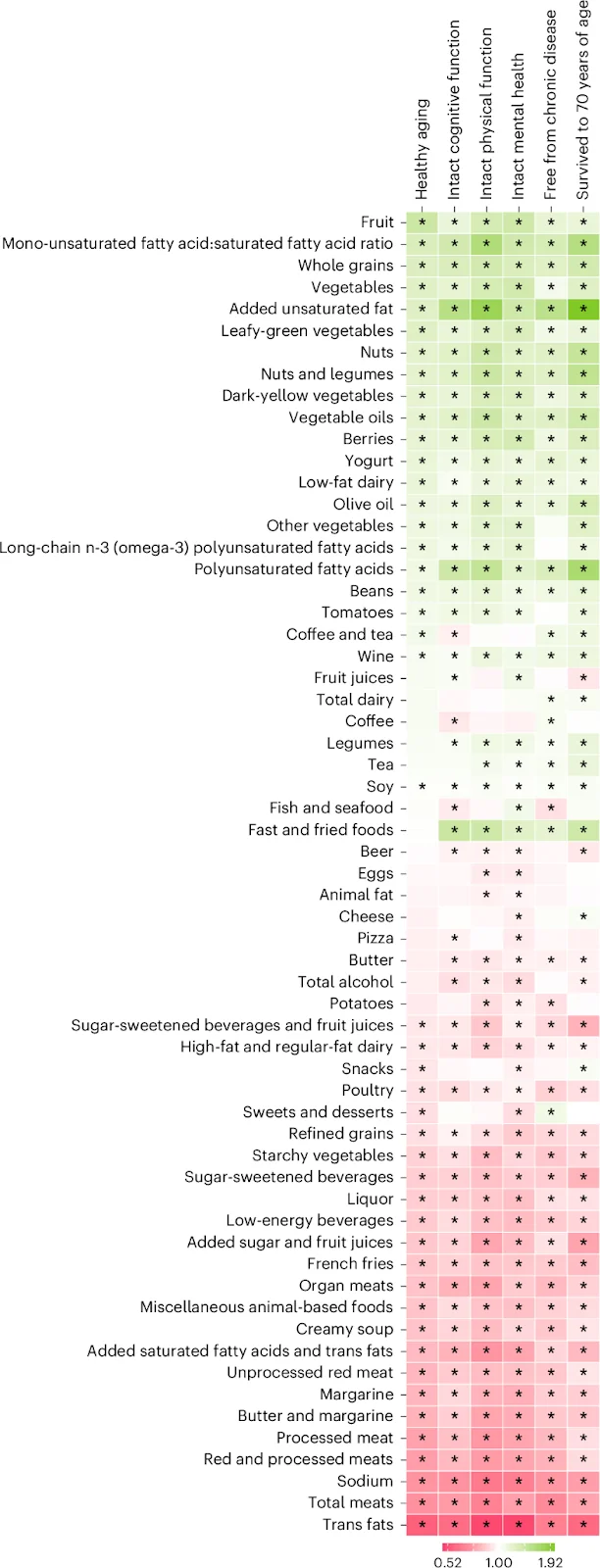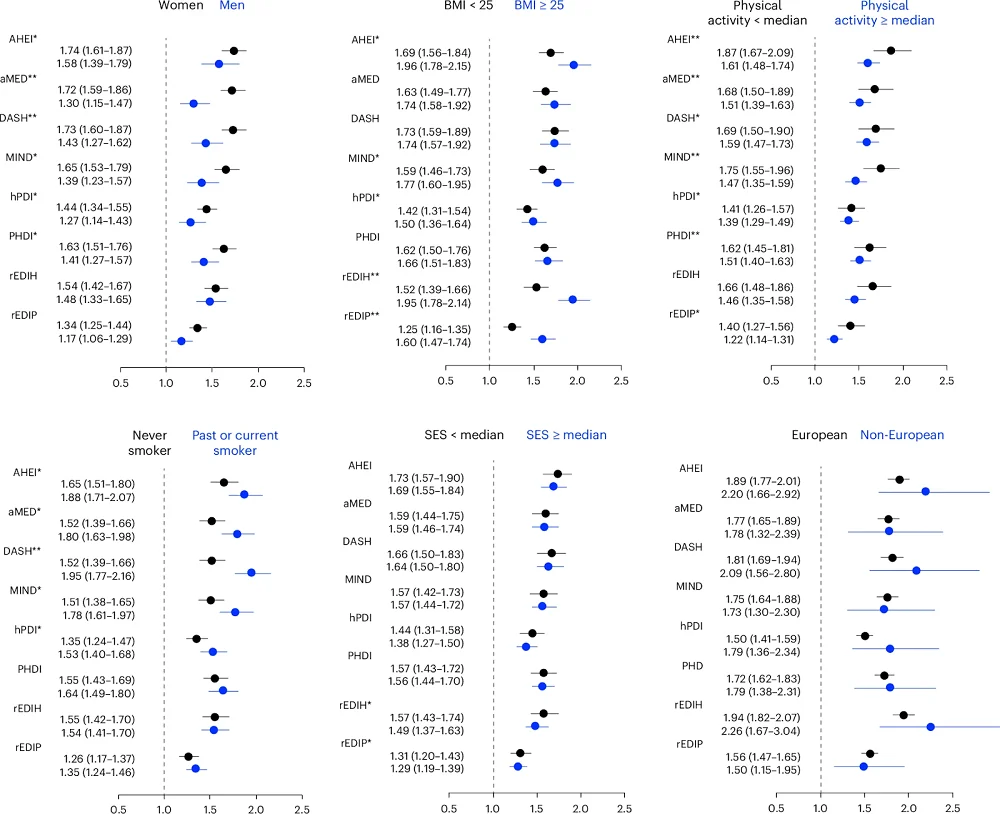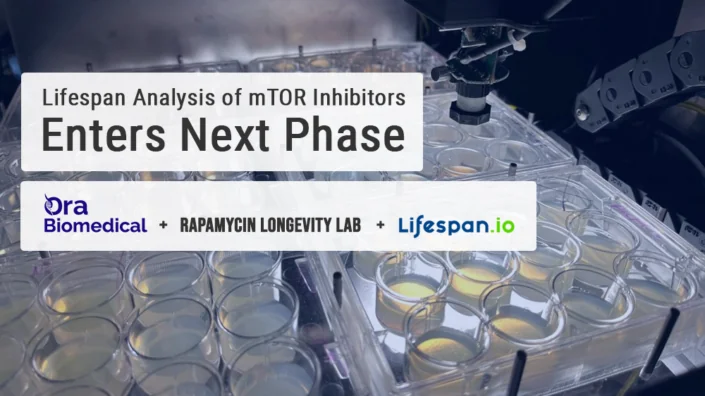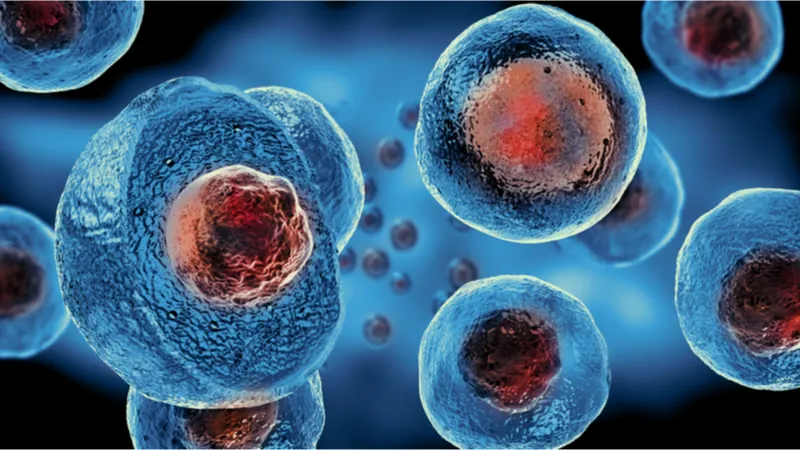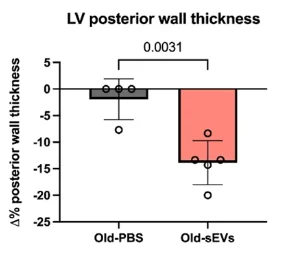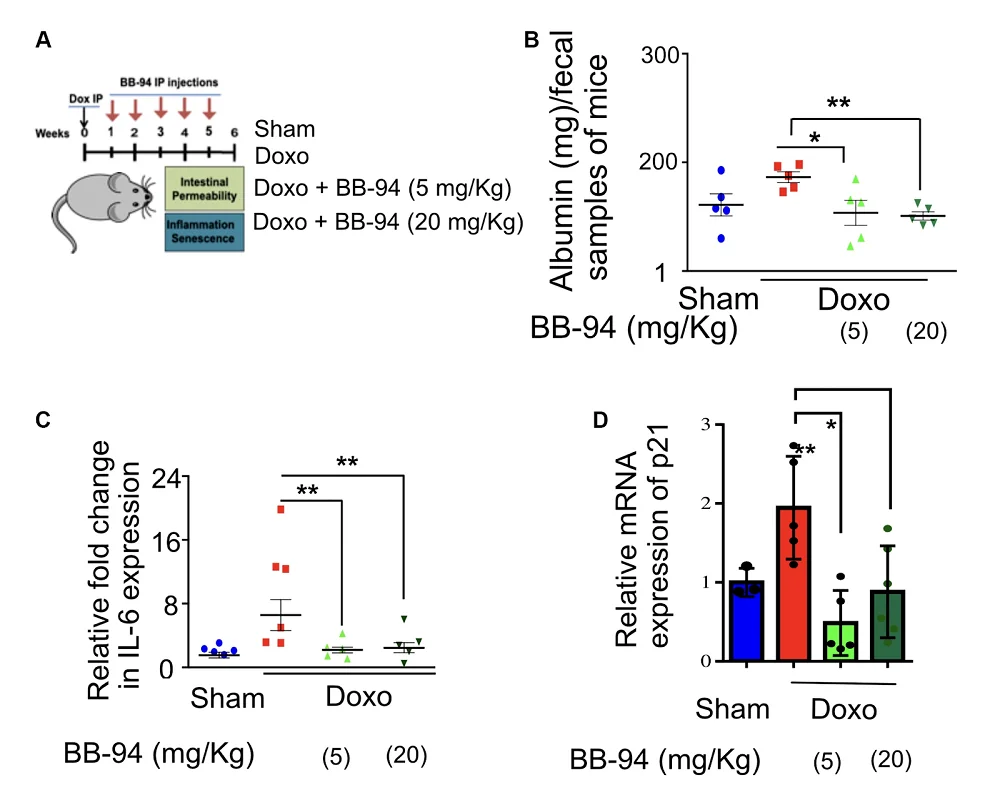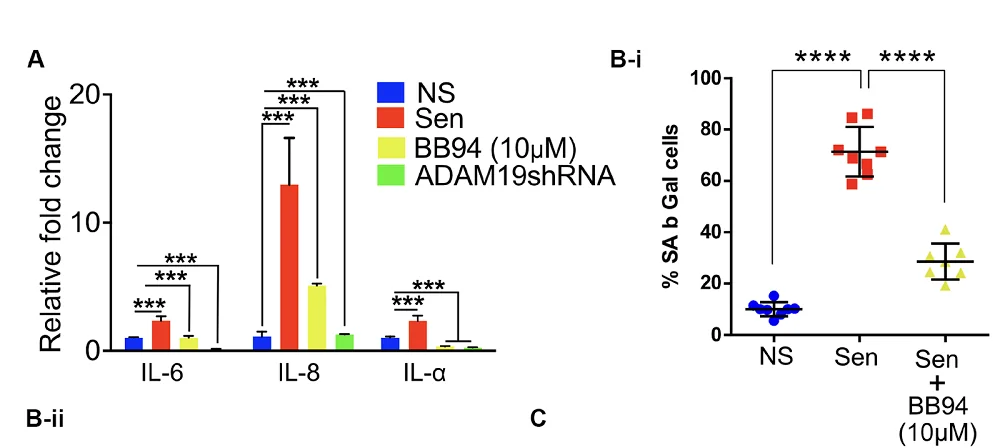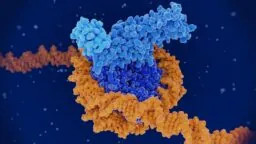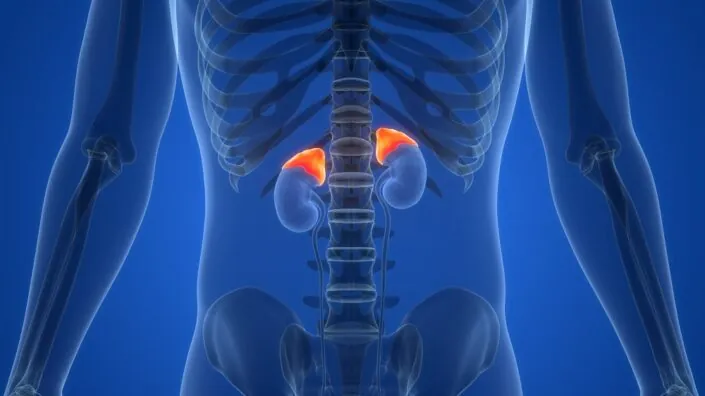Researchers Use Big Data to Find a Longevity Target
Researchers publishing in Aging Cell have used large databases to discover a causal relationship between multiple genes and overall mortality risk, finding a new potential target in the process.
Putting -omics databases to work
These researchers introduce their study by discussing genetic databases, which have previously been used to determine associations of specific genes with longevity [1], particularly in cases of extreme longevity [2]. Using molecular quantitative trait loci (QTLs) cements this understanding, translating the genes into their expressed proteins and pathways in a way that gives researchers some understanding as to how and why certain genes lead to longer or shorter lifespans [3]. These databases have been used to identify druggable targets for specific conditions, such as stroke [4].
These researchers aimed to build on that work by combining multiple -omics sources into a cohesive whole, using advanced statistical techniques and a close look at protein interactions in order to discover potential druggable targets for longevity. They found several proteins that appear to extend lifespan, but they also found the reverse.
This study used three metrics: parental lifespan, being in the top 1% of longevity, and being in the top 10% of longevity. The latter two groups had tends of thousands of data points, and the first had over a million. As expected, the researchers found strong genetic correlations between overall lifespan and extreme longevity.
Multiple needles in a large haystack
Because of the sheer number of genes and related proteins that were tested, the standard p value of 0.05 was insufficient. Instead, the researchers began looking at over 500 proteins with that low of a p value, but after filtration, co-localization, and comparison between different databases, they found 14 proteins with extremely small p values, meaning that they are nearly certain to have longevity-related effects.
The researchers looked at plasma expression and found that many of the related genetic pathways have been documented to severely amplify the likelihood of common causes of death. For example, HYKK is related to lung cancer, NRG1 is related to stroke, NTN5, ADD1, and BECN1 are all related to metabolic issues, and SRFBP1 is related to blood pressure. Other genes showed their effects when their proteins were expressed in specific tissues. These included LPA in the liver and DNAJA4 in the thyroid and skin.
A protein worthy of suppression
One gene in particular, however, stood out as being particularly dangerous: PDAP1. In every statistical model that the researchers used, having high expression of PDAP1 was correlated with a higher likelihood of mortality according to UK Biobank data. People over the age of 60 in that database with high levels of the PDAP1 protein were statistically likely to live nearly a year shorter than people with low levels.
Epigenetic clocks, including PhenoAge and the mortality predictor GrimAge, confirmed this finding: people with more PDAP1 expression get older faster. The protein PDAP1 has been previously linked to cancer, but these researchers connected it to a host of other issues, including waist circumference, high blood pressure, hormone imbalances, and heart failure.
The researchers then decided to directly examine PDAP1 in the cellular context, and they found that it has bidirectional causality with senescence. First, they caused lung fibroblasts to enter senescence through multiple replications; PDAP1 expression increased in these cells as they entered a pre-senescent state. Inducing senescence through radiation or chemicals yielded similar results.
Similarly, introducing PDAP1 into these fibroblasts drove them senescent in a dose-dependent manner, as measured by well-known biomarkers, including p16, p21, and SA-β-gal. By silencing PDAP1 through RNA from the 60th passage onward in these cells, the researchers were able to decrease the rate at which these cells became senescent, allowing them to survive for more passages before eventually being unable to replicate further: knocking down PDAP1 extended their Hayflick limit.
This study was based on broad genetic databases and cells, and there were no animals involved. However, even with those limitations, it is clear that PDAP1 is a protein worth further exploring as a druggable target. If this protein can be safely downregulated in living people, it may decrease the rate of senescence, aid in metabolism, and allow people to live longer. Preclinical models and clinical trials can determine if this is the case.
Literature
[1] Deelen, J., Evans, D. S., Arking, D. E., Tesi, N., Nygaard, M., Liu, X., … & Murabito, J. M. (2019). A meta-analysis of genome-wide association studies identifies multiple longevity genes. Nature communications, 10(1), 3669.
[2] Sebastiani, P., Solovieff, N., DeWan, A. T., Walsh, K. M., Puca, A., Hartley, S. W., … & Perls, T. T. (2012). Genetic signatures of exceptional longevity in humans. PloS one, 7(1), e29848.
[3] Tyshkovskiy, A., Ma, S., Shindyapina, A. V., Tikhonov, S., Lee, S. G., Bozaykut, P., … & Gladyshev, V. N. (2023). Distinct longevity mechanisms across and within species and their association with aging. Cell, 186(13), 2929-2949.
[4] Chen, L., Peters, J. E., Prins, B., Persyn, E., Traylor, M., Surendran, P., … & Howson, J. M. (2022). Systematic Mendelian randomization using the human plasma proteome to discover potential therapeutic targets for stroke. Nature communications, 13(1), 6143.





